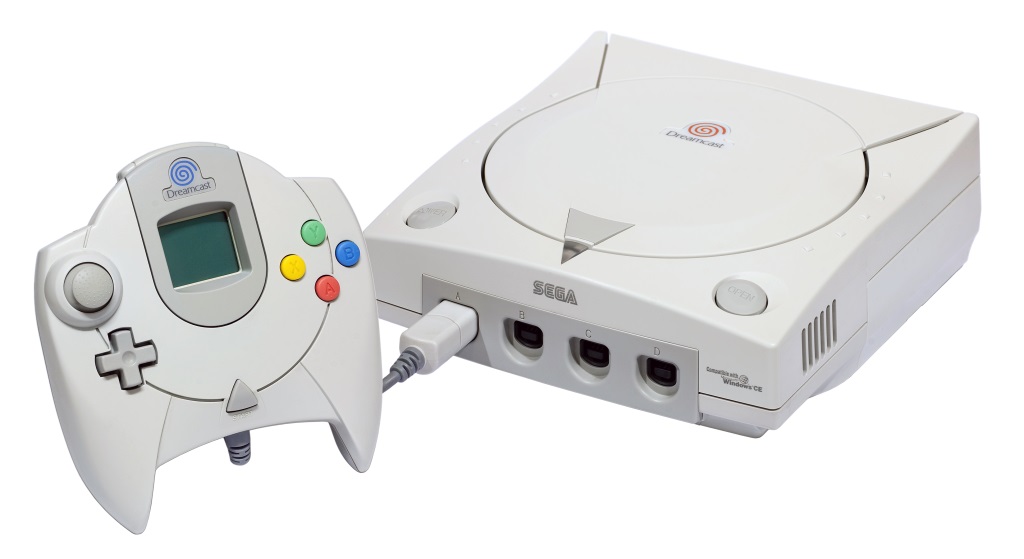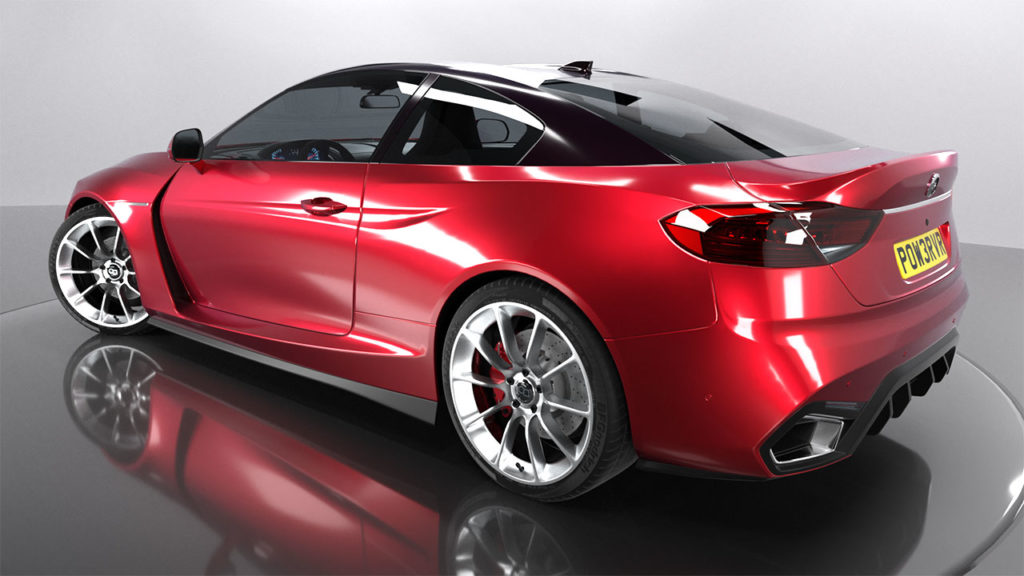History of PowerVR¶
From the 80s to Present Day¶
Imagination Technologies began life as VideoLogic back in 1985 working with video technology. During the 90s, the company branched into graphics under the PowerVR brand. The initial target was arcade machines, but before long a license was signed with NEC (now Renesas) to develop PC-based solutions. PowerVR technology began to appear in popular PC graphics cards such as the Matrox M3D, and Apocalypse 3Dx.
The desktop graphics market became very competitive during the late 90s. PowerVR was critically renowned for its quality and performance versus the more brute force approach applied by rivals. As a result, PowerVR won the coveted GPU slot in Sega’s powerful and highly-regarded Dreamcast console. The PowerVR Series2 GPU used was the same as the Naomi arcade version, which had become widespread by this time. This made porting easier, so gamers could now enjoy playing many of their favourite arcade games at home.

In 1999, Videologic decided to re-brand as Imagination, to reflect the new focus on licensing IP.
In the early 2000s, Imagination went into partnership with ST MicroElectronics and Hercules, to make the 3D Prophet 4500 (Series3). Memory bandwidth had become a serious concern, but PowerVR’s efficient architecture compensated well for this issue. As a result, this Kyro II-based card was able to outperform cards such as the GeForce2 in many areas, for a fraction of the price.
During the mid 2000s, Imagination changed direction to focus on mobile phones, correctly gambling that there was a real future in hardware 3D acceleration on device. There was an early start in the first smartphones, such as the Nokia N95 and Sony Ericsson P1. However, PowerVR led the way as the GPU inside many of the groundbreaking all-screen devices that did away with the need for a stylus, and depended entirely on a smooth graphical interface.
The high performance with low power cost architecture meant it was naturally a PowerVR GPU (SGX - Series5) that could be found in the very popular PlayStation Vita handheld.

With such a solid reputation and continuous innovation, PowerVR technology began to crop up all over the mobile and embedded market. Amazon Fire tablets and sticks, early Samsung Galaxy phones, Samsung TVs, set top boxes, car instrument clusters and dashboard displays, smart ovens… the list continues to grow.
AR/VR, and automotive are just some of the new markets being targeted. Ray-tracing and neural networking are other areas where PowerVR is making impressive technological achievements.


